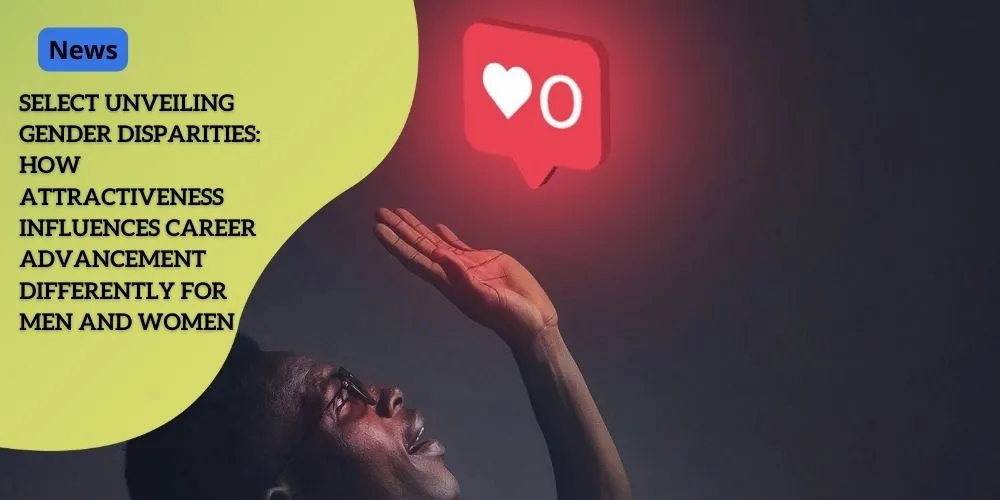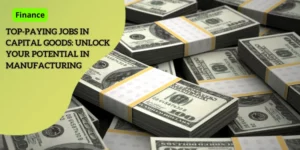Unveiling Gender Disparities: How Attractiveness Influences Career Advancement Differently for Men and Women, Uncovering 20-Year Study Revelations

Anúncios
Beauty and the Bias: Untangling the Complexities of Attractiveness in the Workplace
The professional landscape, often idealized as a meritocracy, theoretically rewards skills and dedication as the primary avenues to success. However, the influence of physical appearance on career progression remains a pertinent and controversial topic. Does being conventionally attractive truly translate to a smoother career path? Recent research provides a detailed examination of this intricate question, revealing the complex interplay between beauty, gender, and professional trajectories.
Beyond the Surface: Redefining the Beauty-Success Correlation
The long-standing belief that physical attractiveness guarantees career success is now undergoing a rigorous reevaluation. While common perception suggests that beauty can open doors and expedite promotions, this simplistic view is being challenged by nuanced research, especially when gender differences are considered.
Anúncios
A Two-Decade Deep Dive: Unveiling Gender Disparities in Professional Growth
Sociologists Gugushvili and Bulczak have conducted a groundbreaking study, meticulously analyzing the career trajectories of over 11,000 individuals over a span of two decades. Their research highlights a significant deviation from conventional wisdom, uncovering a stark disparity: while men with conventionally attractive features tend to enjoy professional advantages, women encounter a more complex – and often disadvantageous – career landscape.
Understanding the Gender Lens: Historical Biases and Their Evolution
Historically, physical attractiveness has been perceived as a gateway to enhanced opportunities. However, these perceptions have evolved differently for men and women. Attractive men are often seen as more competent and leadership-worthy, whereas attractive women frequently grapple with biased assumptions that undermine their professional credibility. This phenomenon is rooted in deep-seated societal stereotypes that associate femininity with beauty and nurturing qualities, rather than leadership and intellectual prowess. Consequently, women face the challenge of their appearance overshadowing their qualifications and accomplishments.
Anúncios
Beyond Hiring: The Persistent Impact of Unconscious Bias
The influence of gendered beauty biases extends far beyond the initial hiring process, permeating various aspects of professional life. This impact affects promotions, salary negotiations, and overall career progression. Women often face an uphill battle, encountering obstacles such as being perceived as less competent or experiencing unwanted attention that undermines their professionalism. These biases manifest in subtle ways, such as women being interrupted more frequently in meetings, their ideas being attributed to male colleagues, or being passed over for leadership opportunities in favor of less qualified male counterparts.
The Gugushvili and Bulczak Study: Disparities and Implications Revealed
Gugushvili and Bulczak’s comprehensive 20-year study meticulously dissects the layers of bias and attractiveness, illuminating the intricate relationship between physical appeal and career trajectories. Their pioneering research methodology reveals significant disparities in how attractiveness impacts the professional lives of men and women. For instance, the study suggests that attractive men are more likely to be promoted to managerial positions and command higher salaries compared to their average-looking counterparts. Conversely, attractive women may face the “beauty is beastly” effect, where their competence is questioned, and they are seen as less suitable for leadership roles.
Breaking Down the Barriers: Strategies to Promote Equity
Addressing unconscious biases requires a multifaceted approach. Fostering a culture of inclusivity through awareness training is a crucial first step. Workshops and seminars can help employees identify and challenge their biases, promoting a more objective approach to evaluating colleagues. Establishing clear and objective criteria for evaluations and promotions based on performance metrics and skillsets is essential for ensuring fairness. Implementing mentorship programs for both genders can provide valuable guidance and support, particularly for women navigating a professional landscape fraught with stereotypes. Furthermore, enacting inclusive policies that address issues like equal pay and opportunities for professional development are fundamental steps toward dismantling biased perspectives and promoting equitable workplaces.
Building a More Equitable Future: The Power of Advocacy and Inclusion
Creating environments where merit is the primary criterion for success and opportunities are based on talent, not appearance, demands collective action. By raising awareness about gendered beauty biases, ingrained stereotypes can be challenged, promoting a more inclusive work culture. Supporting ongoing research initiatives that explore the complexities of attractiveness and professional success is crucial for gaining deeper insights and developing effective strategies to combat bias. Advocating for inclusive policies that ensure equal opportunities for all genders is fundamental to creating a level playing field.
Ultimately, a future workplace where everyone – regardless of gender or physical attributes – has the chance to excel benefits not only individual employees but also organizations as a whole. By embracing diversity and fostering a culture of inclusion, businesses can tap into a broader talent pool, fostering innovation and driving success. In this more equitable environment, the true merit of an individual’s skills and dedication can shine, leading to a more dynamic and progressive professional landscape.






